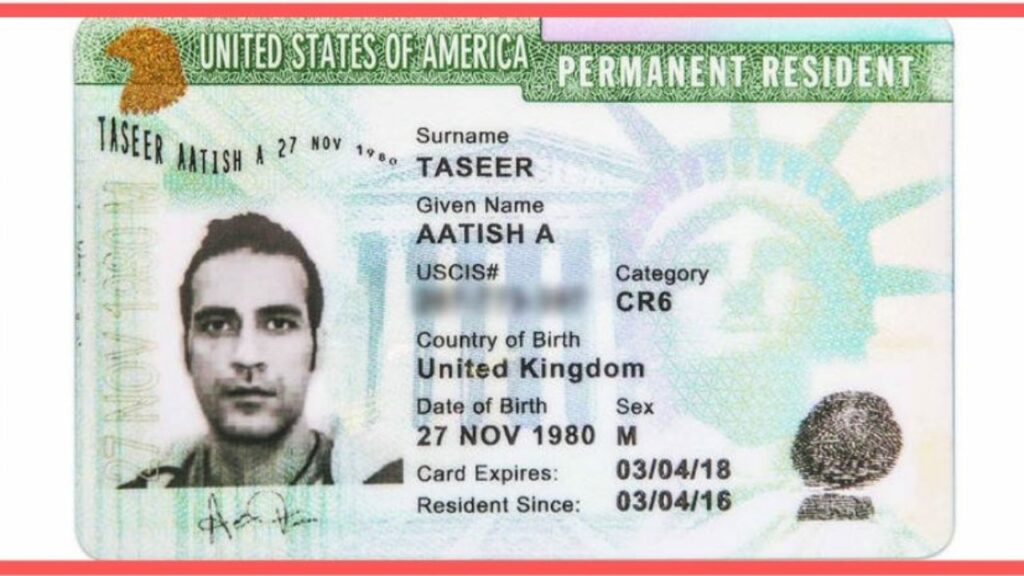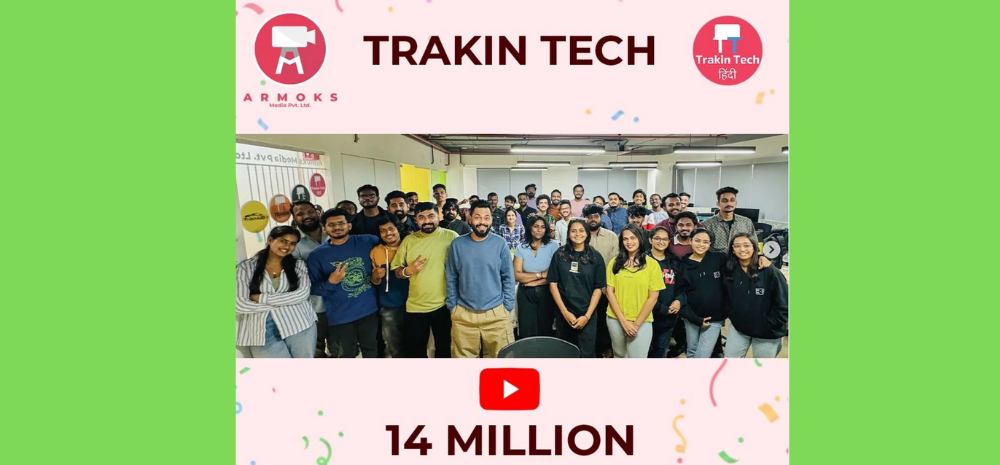This is a Guest Blo by Mr. Vineet Singh, Co-founder, Gauss Moto
In recent years, the global workforce has undergone significant changes, ranging from the pandemic and its subsequent repercussions to mass layoffs, quiet quitting, quiet hiring, etc. However, amidst all such disruptions, there has been a consistent and continuous demand for a skilled workforce. No matter what the scenario is, a highly skilled workforce is the backbone of seamless organizational functioning and is crucial for growth and scalability. However, the talent-skill gap is a serious issue across the globe that makes it challenging for deserving candidates to grab relevant opportunities and for companies to hire quality talent.

The widening skill gap
Skill gaps are a major challenge for employers worldwide. 81% of organizations acknowledge facing a shortage of power user or developer tech skills. In fact, 51% of the global Gen Z population believes that education has not prepared them to enter the workforce. Currently, even India is also grappling with this problem. It is unable to create new job opportunities and professionals entering the job market also lack the new-age, in-demand skill sets. The lack of opportunities and inadequate awareness about upskilling and reskilling contribute to the widening skill gap. This is leading to rising unemployment rates along with low employability.
With the evolving tech landscape, traditional roles are going for an overhaul and new roles are taking over that are in huge demand. In such a dynamic landscape, addressing skill gaps is vital for various reasons. It can help organizations improve their operational efficiency. When employees have the skills they need, they can be more productive and efficient. This can lead to saving expenditure and improved customer service. Another reason is addressing skill gaps can help organizations attract and retain quality talent and have an edge in today’s competitive marketplace.
The burgeoning demand for skilled talent
The demand for a skilled workforce has reached unprecedented levels in today’s fast-paced and ever-evolving global economic scenario. Employers across industries are increasingly recognizing the importance of hiring and retaining employees with specialized knowledge, advanced technical skills, and the ability to adapt to changing market trends.
There are various reasons driving this trend. First, technological advancements have led to the automation of many jobs, which has created a need for new skills in order to thrive in the dynamic environment. Second, the global economy is becoming increasingly interconnected, which means that businesses need employees who can understand and navigate different cultures and markets. Third, the nature of work is changing, with more emphasis being placed on collaboration, creativity, and problem-solving. And organizations need talent with these attributes who can seamlessly adapt to changing environments and navigate the company through crisis and complexities. Let’s deep dive into the possible reasons –
Industry-ready professionals
Today, employers prioritize candidates with industry-specific qualifications, certifications, or advanced degrees. This trend reflects the need for professionals who are industry-ready and can hit the ground running, reducing the time and resources required for training. Organizations are also looking for candidates who have the skills and knowledge to do the job right away. This means that job seekers need to be proactive in acquiring the necessary qualifications and certifications.
Emerging job roles due to digitization
Technological advancements are rapidly changing the world of work. Artificial Intelligence, robotics, and RPA are automating many tasks that were once done by humans. This is further creating a demand for new skills in areas such as data analysis, programming, and machine learning. Employers are increasingly looking for employees who can leverage these technologies effectively. This means that job seekers need to be proactive in upskilling and reskilling in order to stay ahead of the curve.
Add-on skills are a must
In addition to technical skills, organizations are also keen to hire talent who possess soft skills such as communication, problem-solving, and teamwork. Such qualities are essential for working in a digital environment, where collaboration is the key.
A flexible and agile workforce is the need of the hour
Industries are constantly evolving, driven by factors such as globalization, changing consumer preferences, and sustainability concerns. This means that the skills required for success in the workplace are also constantly changing. Thus, employers are on the lookout for employees who are adaptable to change and have the skills to drive innovation. This also puts forth the need for a proactive approach towards upskilling and reskilling in order to stay ahead of the curve.
The knack for innovation and adaptability are deal-breakers
Innovation and adaptability are essential skills for success in today’s business landscape. Employers value employees who can think critically, problem-solve, and embrace a growth mindset. Skilled workers who can adapt to new technologies and methodologies, drive innovation, and contribute fresh ideas are highly sought after.
Talent-skill gap exists across industries
The talent-skill gap is a prominent issue prevalent across sectors. It’s a well-known fact that India is recognized as a technology hub globally, having a 16% market share of worldwide tech talent. However, in the manufacturing sector, there is a scope for improvement, and advancements are required to match the pace with the evolving global landscape. By allocating significant resources to R&D initiatives, India can drive the manufacturing sector’s growth. Additionally, strengthening efforts towards investments in technology skill development programs and workforce training is also needed.
Taking a popular example, consumer behavior and awareness toward the environment and climate change are driving a shift in product design and development practices. This is leading to a rise in EVs, further creating a demand for new skill sets across various areas related to battery technology, charging infrastructure, vehicle design, and sustainability. This will not only lead to the creation of new job opportunities across sectors but engineers, car mechanics and technicians will soon have to acquire industry-relevant skills and knowledge to design, repair and service EVs and gather an understanding of the futuristic technologies.
The effective strategies for bridging the talent-skill gap
Investing in the right talent acquisition strategies and solutions
62% of employers globally believe that 5-15% of their talent base will require skills transformation in the next 2-3 years. Hence, it’s imperative that employers invest in talent acquisition strategies to attract and retain skilled and qualified employees. This includes partnerships with educational institutions, upskilling and reskilling programs, and fostering a culture of continuous learning. With this approach, organizations can gain a competitive edge and drive sustainable growth.
Upskilling and reskilling is the dire need
Continuous learning, pursuing advanced degrees or certifications, and embracing lifelong learning are crucial for staying relevant in a rapidly evolving job market. Job seekers can also contribute to bridging the talent-skill gap by acquiring and developing skills that align with industry demands. And today, various educational institutions and even companies are providing cutting-edge innovative programs that enable learners to indulge in immersive and engaging learning experiences and them industry-ready.
To sum up
Talent-skill gap is a global level challenge and India is one of the markets that is facing serious consequences. However, the demand for skilled workforce is growing rapidly and this presents both challenges and opportunities for employers and job seekers alike. By investing in talent acquisition strategies and continuous learning, both employers and job seekers can position themselves for success in a skilled workforce.
Currently, India stands at the precipice of immense opportunities as it seeks to upskill its workforce and emerge as a global leader in technology provision. By capitalizing on its strengths and investing in human capital, India can unlock a range of growth opportunities.















